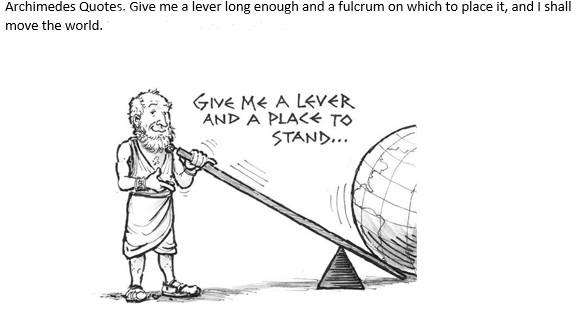“The Moon or Bust” – First Movie to Show a Computer
June 27, 1950: First Movie to Show a Functioning Computer
June 1950, Destination Moon is released, the earliest movie to show a functioning computer. In it, a GE Differential Analyzer is shown. While it is essentially an analog computer, it does perform complex calculations very quickly.

Kay McNulty, Alyse Snyder, and Sis Stump operate the differential analyzer in the basement of the Moore School of Electrical Engineering, University of Pennsylvania, Philadelphia, Pennsylvania, circa 1942-1945.
The differential analyzer is a mechanical analogue computer designed to solve differential equations by integration, using wheel-and-disc mechanisms to perform the integration. It was one of the first advanced computing devices to be used operationally.

Disc and sphere from Lord Kelvin’s harmonic analyzer of 1878. Used for mathematical analysis of tides
Destination Moon was the first sci-fi film made in the U.S. that also attempted technical accuracy in a manned rocket ship launch to moon. Produced by George Pal, directed by Irving Pichel, and shot in Technicolor. Pal produced a science fiction film dealing with the dangers inherent in space travel and with the possible difficulties of landing on the moon and safely returning to earth.
Pal commissioned an initial screenplay from screenwriters James O’Hanlon and Rip Van Ronkel, but science fiction writer Robert A. Heinlein contributed significantly to Destination Moon’s final screenplay, also serving as the film’s technical adviser. Certain story elements from his 1947 juvenile novel, Rocket Ship Galileo were adapted for use in the film’s final screenplay. Heinlein also published a tie-in novella, Destination Moon, based on the screenplay. The film’s storyline also resembles portions of Heinlein’s novel The Man Who Sold the Moon, which he wrote in 1949 but did not publish until 1951, a year after the Pal film opened.
Destination Moon Screen Shots
_____________________________________________________________________
Cartoon character Woody Woodpecker’s creator Walter Lantz and producer George Pal had been close friends ever since Pal left Europe. As a result, Pal always tried to include Woody, out of friendship and good luck, in all his film productions. George Pal incorporates Woody in Destination Moon as a vital part of its unfolding storyline.
In a cartoon shown within the film, Woody explains the scientific principles behind space travel and then a trip to the Moon. This engaging cartoon is shown to a gathering of U. S. industrialists, who it’s hoped will patriotically finance such a daring venture before an (unnamed) non-western power can do so successfully. But the Woody cartoon actually serves the purpose of explaining, in layman’s terms, to the average 1950 movie going audience, the practical details of a manned space expedition to the Moon and how it might be accomplished.
Woody Explains
😉









